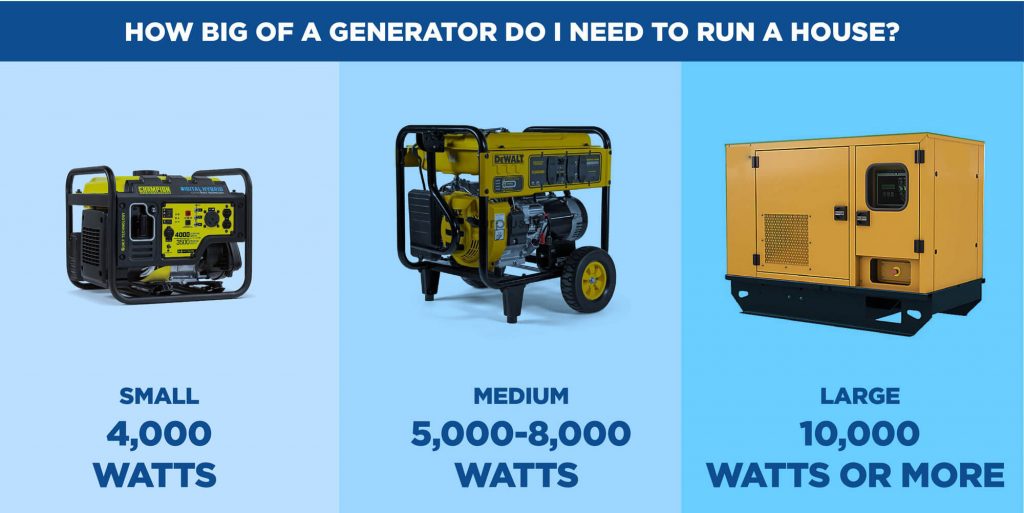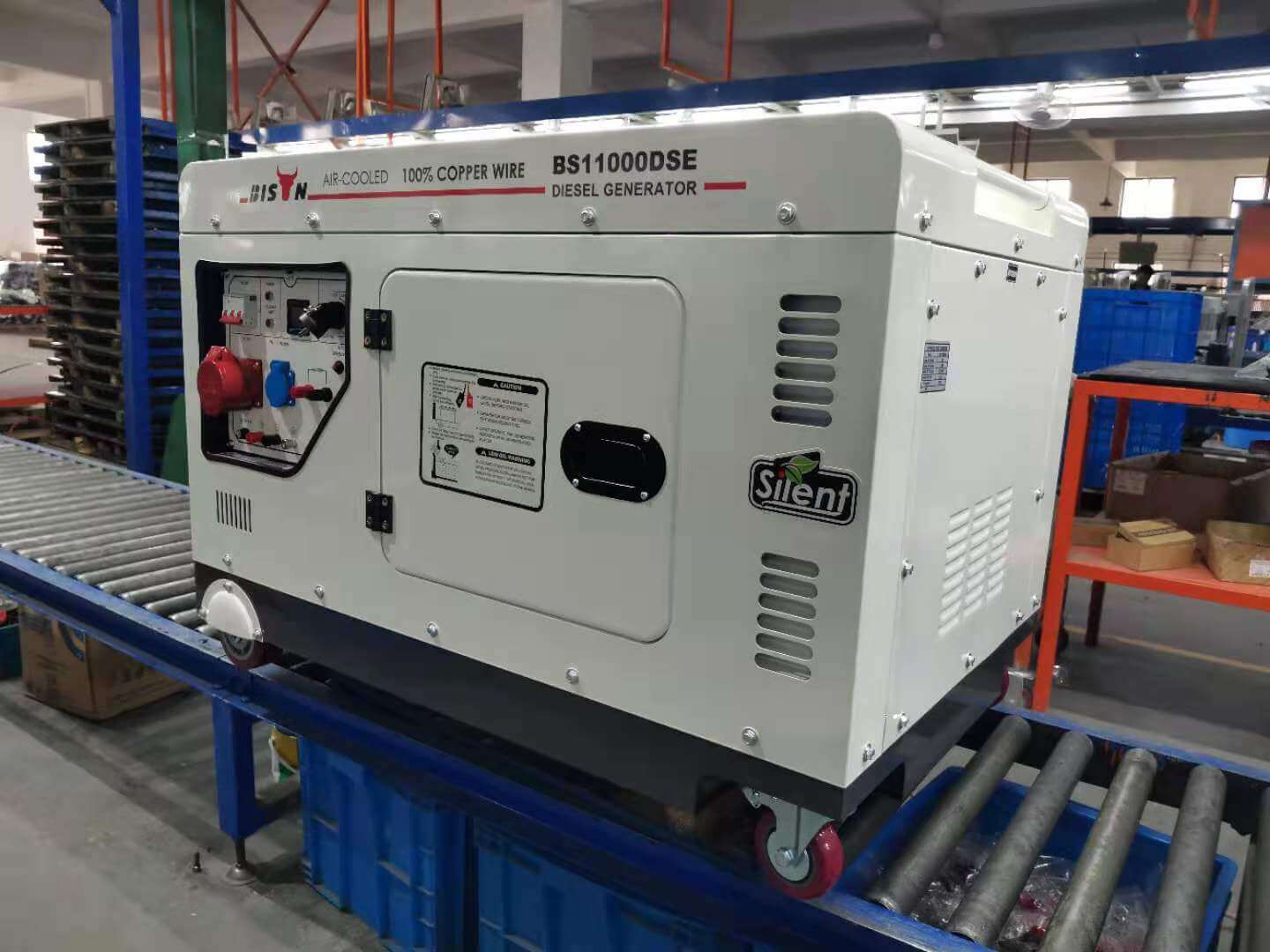How Long To Run A Generator

Power outages are surging nationwide, leaving millions scrambling for backup energy sources. Knowing how long you can safely run your generator is now a critical survival skill.
This guide provides essential information on generator run times, fuel considerations, safety precautions, and maintenance to keep your power on when the grid fails.
Generator Run Time: Factors and Limits
Generator run time hinges on several key factors: fuel tank size, generator load (wattage), and generator type. Overloading or neglecting maintenance can drastically shorten operation and lead to dangerous situations.
Smaller portable generators, often used for home backup, may only run for 8-12 hours on a full tank. Larger, more robust models, including inverter and standby generators, can operate for significantly longer, sometimes exceeding 24 hours.
Inverter generators are designed for fuel efficiency, adjusting engine speed based on power demand. This typically allows for extended run times compared to traditional portable generators.
Standby generators, connected directly to a home's electrical system, can run continuously for days, fueled by natural gas or propane. These systems often have automatic transfer switches, ensuring seamless power restoration.
Fuel Considerations: Gasoline, Propane, and Natural Gas
The type of fuel your generator uses directly impacts its run time and cost. Gasoline, propane, and natural gas each have distinct advantages and disadvantages.
Gasoline generators are common due to their portability and readily available fuel. However, gasoline has a shorter shelf life, requiring fuel stabilizers for long-term storage, and produces more emissions.
Propane generators offer cleaner burning and longer fuel storage capabilities. Propane tanks are easily refillable, but require safe handling and storage practices to prevent leaks.
Natural gas generators provide the most convenient option, drawing fuel directly from a home's existing natural gas line. This eliminates the need for refueling, but requires professional installation and is subject to natural gas availability.
Safety First: Preventing Carbon Monoxide Poisoning
Generator use carries significant safety risks, primarily carbon monoxide (CO) poisoning. CO is a colorless, odorless gas that can be deadly.
Never operate a generator indoors, in garages, or near windows and doors. Always place the generator at least 20 feet away from your home and any occupied buildings.
Install carbon monoxide detectors throughout your home and check them regularly. Be aware of the symptoms of CO poisoning: headache, dizziness, nausea, and weakness.
According to the Consumer Product Safety Commission (CPSC), hundreds of people die each year from CO poisoning related to generators.
Maintenance is Key: Ensuring Reliable Operation
Regular maintenance is crucial for ensuring your generator operates safely and reliably. Neglecting maintenance can lead to reduced run times, equipment failure, and increased safety risks.
Change the oil regularly according to the manufacturer's recommendations. Check and clean the air filter, spark plug, and fuel lines.
Start and run your generator periodically, even when not needed, to keep the engine lubricated and prevent fuel degradation. Store the generator in a dry, protected location.
Consult your generator's owner's manual for specific maintenance schedules and procedures. Consider professional servicing for more complex maintenance tasks.
Calculating Run Time: A Practical Example
To estimate your generator's run time, you need to know its fuel tank capacity and fuel consumption rate at different loads. This information is usually provided in the owner's manual.
For example, a generator with a 5-gallon fuel tank that consumes 0.5 gallons of gasoline per hour at half load will run for approximately 10 hours.
Keep in mind that fuel consumption increases significantly with higher loads. Running your generator at full capacity will drastically reduce its run time.
Extending Run Time: Tips and Techniques
Maximize your generator's run time by using energy-efficient appliances and reducing your overall power demand. Prioritize essential loads, such as refrigerators, medical equipment, and lighting.
Use LED lighting instead of incandescent bulbs, which consume significantly less power. Unplug electronic devices when not in use to eliminate phantom loads.
Consider using a dual-fuel generator, which can run on either gasoline or propane. This provides flexibility and extends run time by switching to a readily available fuel source.
The Future of Generator Technology
The generator industry is evolving rapidly, with advancements in fuel efficiency, emission control, and smart technology. New models are incorporating features such as remote monitoring, automatic start/stop, and load management.
Solar generators are emerging as a sustainable alternative to traditional generators. These systems use solar panels to charge batteries, providing clean and quiet power.
These systems offer limited power output and longer recharge times, but ongoing development aims to increase their capacity and affordability.
What to Do Now: Prepare for the Next Outage
Take immediate action to prepare for future power outages. Determine your power needs, select the appropriate generator, and establish a safe operating procedure.
Stock up on fuel, maintain your generator, and educate your family on safety precautions. Familiarize yourself with local emergency services and resources.
Visit the Federal Emergency Management Agency (FEMA) website for comprehensive disaster preparedness information. Being proactive can save lives and minimize the impact of power outages.


















